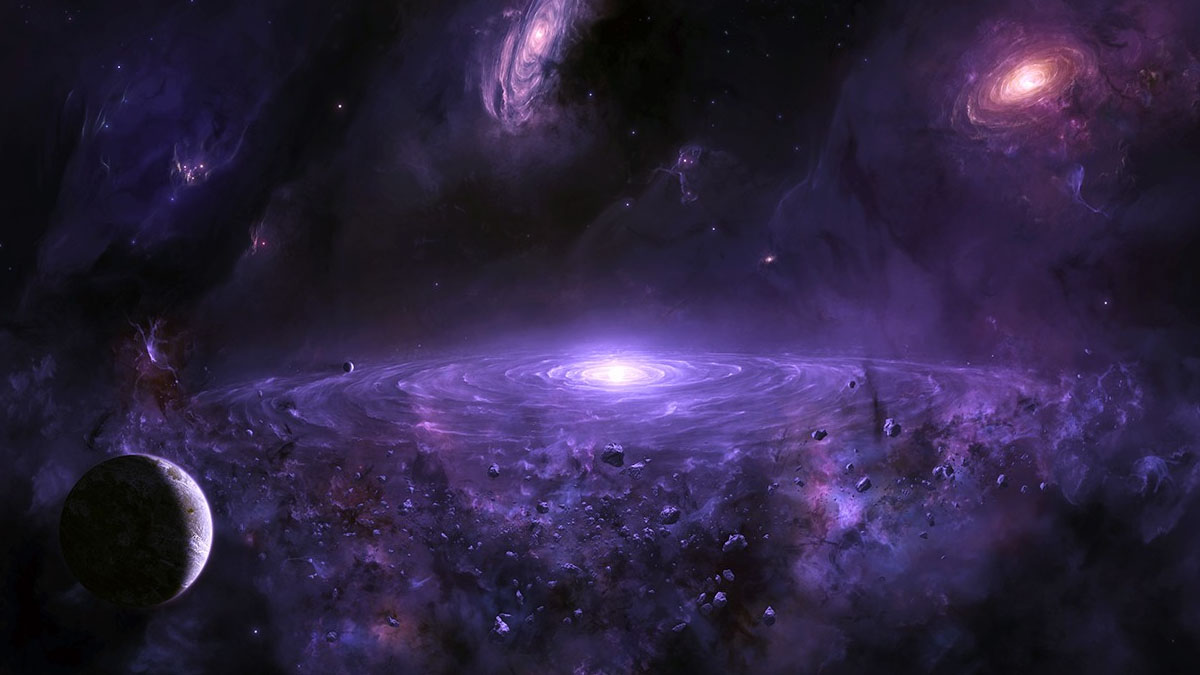a supercluster in the making gives us a peek into the universe’s early days

Despite being a relatively weak force, gravity controls how our universe appears and moves, and at the largest possible scales, it connects groups of galaxies into complicated blobs and webs moving past, with, and through each other. These are known as superclusters and they can be truly immense. Our own supercluster, Laniakea, is 500 million light years across and holds on the order of 100,000 galaxies. It’s a product of many billions of years of collisions, mergers, flybys, and other galaxy-shaping events, resembling a stretched out web with a thick, U-shaped spine.
We still don’t know exactly how long it takes for these megastructures to emerge, but a new discovery hints that it’s a surprisingly fast process. Thanks to a novel galaxy-mapping technique which processes huge reams of data simultaneously to find galactic relationships faster than ever, astronomers identified a primordial supercluster called Hyperion, which tips the cosmic scales at five quadrillion solar masses and contains thousands of galaxies. Unlike our supercluster, it’s more blob-shaped and has far fewer tendrils, but then again, we’re looking at it while it’s still under construction, just 2.3 billion years after the Big Bang.
With the first stars emerging just 180 million years after the universe as we know it came into existence, and galaxies emerging around the same time, it seems that the deeper into the past we look, the faster cosmic objects we recognize emerged, and Hyperion is continuing this trend. It almost certainly means there are other proto-superclusters like it, and maybe even complete superclusters with some modern features. To figure out the relationships that define where one supercluster starts and another ends takes a lot of data and years of observation, but it’s highly unlikely that Hyperion is some sort of early anomaly, statistically speaking.
We can say this thanks to the Cosmological Principle, the idea that there’s no place in the universe that appears to be in any way special, which aside from a few observations that raised some eyebrows, seems to fit with the general model of the universe we’ve seen so far. There’s nothing about Hyperion that makes us think it’s somehow different from the other potential pro-superclusters taking shape around 11 billion years ago. It’s discovery may not be a revolution in how we view the early universe, just an update. But it does show us that even in its infancy, the cosmos was the same kind of complex, energetic, and dynamic place in which we live today.





